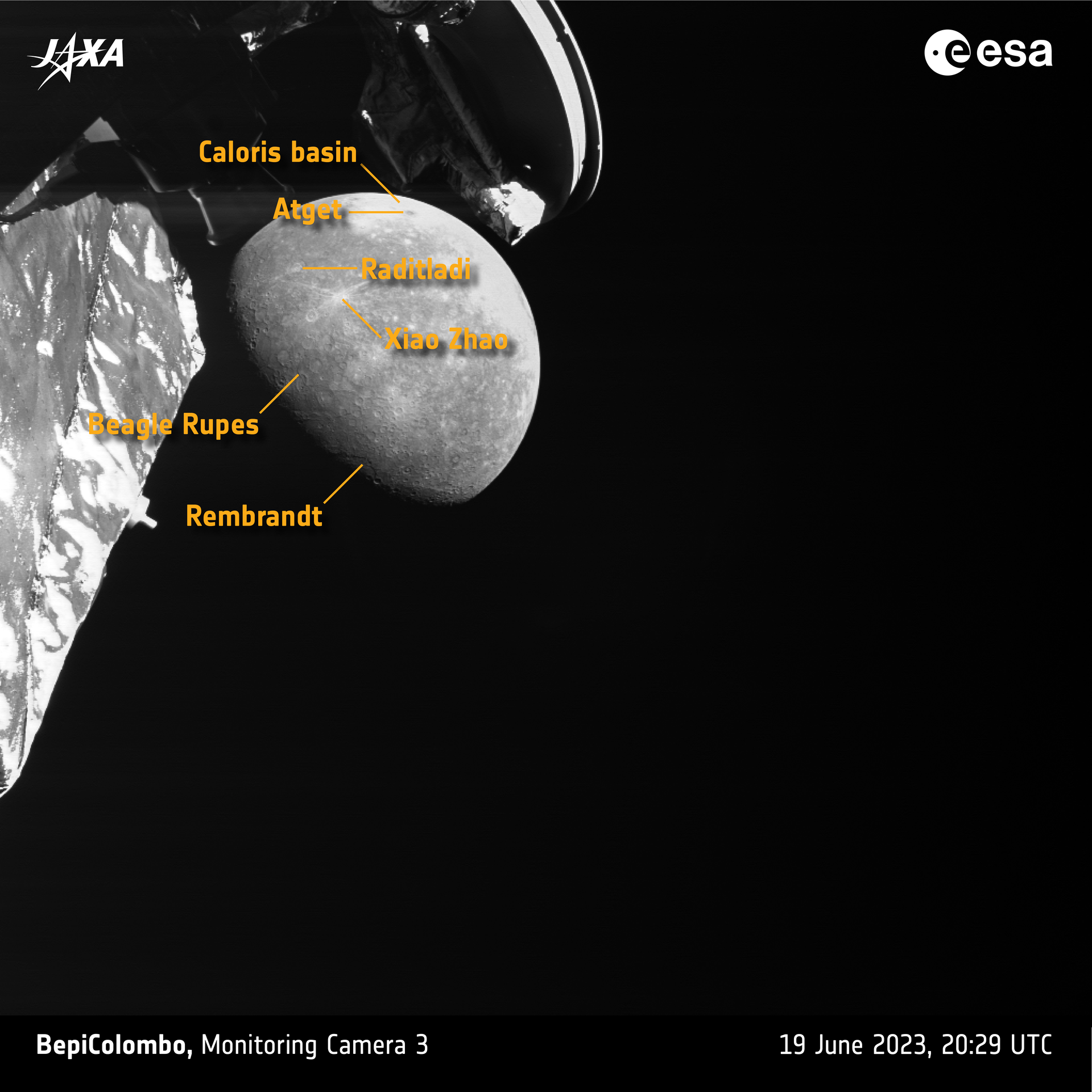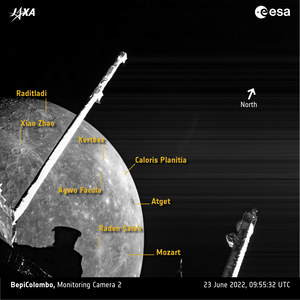Accept all cookies Accept only essential cookies See our Cookie Notice

About ESA
The European Space Agency (ESA) is Europe’s gateway to space. Its mission is to shape the development of Europe’s space capability and ensure that investment in space continues to deliver benefits to the citizens of Europe and the world.
Highlights
ESA - United space in Europe
This is ESA ESA facts Member States & Cooperating States Funding Director General Top management For Member State Delegations European vision European Space Policy ESA & EU Space Councils Responsibility & Sustainability Annual Report Calendar of meetings Corporate newsEstablishments & sites
ESA Headquarters ESA ESTEC ESA ESOC ESA ESRIN ESA EAC ESA ESAC Europe's Spaceport ESA ESEC ESA ECSAT Brussels Office Washington OfficeWorking with ESA
Business with ESA ESA Commercialisation Gateway Law at ESA Careers Cyber resilience at ESA IT at ESA Newsroom Partnerships Merchandising Licence Education Open Space Innovation Platform Integrity and Reporting Administrative Tribunal Health and SafetyMore about ESA
History ESA Historical Archives Exhibitions Publications Art & Culture ESA Merchandise Kids Diversity ESA Brand Centre ESA ChampionsSpace in Member States
Find out more about space activities in our 23 Member States, and understand how ESA works together with their national agencies, institutions and organisations.
Science & Exploration
Exploring our Solar System and unlocking the secrets of the Universe
Go to topicAstronauts
Missions
Juice Euclid Webb Solar Orbiter BepiColombo Gaia ExoMars Cheops Exoplanet missions More missionsActivities
International Space Station Orion service module Gateway Concordia Caves & Pangaea BenefitsLatest
Space Safety
Protecting life and infrastructure on Earth and in orbit
Go to topicAsteroids
Asteroids and Planetary Defence Asteroid danger explained Flyeye telescope: asteroid detection Hera mission: asteroid deflection Near-Earth Object Coordination CentreSpace junk
About space debris Space debris by the numbers Space Environment Report In space refuelling, refurbishing and removingSafety from space
Clean Space ecodesign Zero Debris Technologies Space for Earth Supporting Sustainable DevelopmentApplications
Using space to benefit citizens and meet future challenges on Earth
Go to topicObserving the Earth
Observing the Earth Future EO Copernicus Meteorology Space for our climate Satellite missionsCommercialisation
ESA Commercialisation Gateway Open Space Innovation Platform Business Incubation ESA Space SolutionsLatest
Enabling & Support
Making space accessible and developing the technologies for the future
Go to topicBuilding missions
Space Engineering and Technology Test centre Laboratories Concurrent Design Facility Preparing for the future Shaping the Future Discovery and Preparation Advanced Concepts TeamSpace transportation
Space Transportation Ariane Vega Space Rider Future space transportation Boost! Europe's Spaceport Launches from Europe's Spaceport from 2012Latest

BepiColombo hugs Mercury – annotated
Thank you for liking
You have already liked this page, you can only like it once!
BepiColombo appears to ‘hug’ Mercury in this image taken by the ESA/JAXA BepiColombo mission on 19 June 2023 as the spacecraft sped by for its third of three gravity assist manoeuvres at the planet.
The image was taken at 20:29 UT (22:29 CEST) by the Mercury Transfer Module’s monitoring camera 3, when the spacecraft was 11 780 km from the planet’s surface. Closest approach took place at 19:34 UT (21:34 CEST) on the night side of the planet at about 236 km altitude. The back of the Mercury Planetary Orbiter’s high-gain antenna and part of the spacecraft’s body is also visible in front of Mercury in this image.
Numerous fascinating geological features are identified on the surface of Mercury.
The dark spot near the top edge of Mercury marks Atget crater. Atget excavated ancient, dark material from deep within Mercury’s subsurface and deposited it on top of younger, brighter volcanic plains within the vast 1550-km-wide Caloris basin, the largest well-preserved impact basin on the planet. Scientists use such observations to understand the order in which different rock types formed during a planet’s evolution. This dark material might represent remnants of Mercury’s initial crust that was later buried underneath lava plains. Atget is named after the French photographer Eugène Atget (1857–1927).
By contrast, Xiao Zhao crater is centred on a bright, star-like pattern of impact ejecta more centrally within this image. These bright crater rays formed immediately after the impact as material was ejected from the crater, but fade into the background over time. This means Xiao Zhao is one of the most recent impact craters on Mercury. Xiao Zhao (active 1130–1162) was a Chinese painter.
At the bottom of Mercury’s globe, dawn is breaking over the eastern rim of the Rembrandt basin, seen here as a dark arc. After Caloris, Rembrandt is the second largest well-preserved impact basin on Mercury with a diameter of 716 km. This colossal impact created some linear scarps that radiate from the basin centre, some of which can be seen in these MCAM images. It is apt that a giant impact basin on Mercury is named after one of the giants of art history, the Dutch artist Rembrandt (1606–1669).
The cameras provide black-and-white snapshots in 1024 x 1024 pixel resolution. The image has been lightly processed to best bring out the details of the planet’s surface.
Some imaging artefacts such as horizontal striping are also visible. In this view, north is to the upper left corner.
The gravity assist manoeuvre was the third at Mercury and the sixth of nine flybys overall. During its seven-year cruise to the smallest and innermost planet of the Solar System, BepiColombo makes one flyby at Earth, two at Venus and six at Mercury to help steer on course for Mercury orbit in 2025. The Mercury Transfer Module carries two science orbiters: ESA’s Mercury Planetary Orbiter and JAXA’s Mercury Magnetospheric Orbiter. They will operate from complementary orbits to study all aspects of mysterious Mercury from its core to surface processes, magnetic field and exosphere, to better understand the origin and evolution of a planet close to its parent star.
Click here for a non-annotated version of this image.
-
CREDIT
ESA/BepiColombo/MTM -
LICENCE
CC BY-SA 3.0 IGO or ESA Standard Licence
(content can be used under either licence)

BepiColombo hugs Mercury

BepiColombo captures newly named Stoddart crater (annotated)

First sighting of Caloris (annotated)

BepiColombo’s fourth Mercury flyby















 Germany
Germany
 Austria
Austria
 Belgium
Belgium
 Denmark
Denmark
 Spain
Spain
 Estonia
Estonia
 Finland
Finland
 France
France
 Greece
Greece
 Hungary
Hungary
 Ireland
Ireland
 Italy
Italy
 Luxembourg
Luxembourg
 Norway
Norway
 The Netherlands
The Netherlands
 Poland
Poland
 Portugal
Portugal
 Czechia
Czechia
 Romania
Romania
 United Kingdom
United Kingdom
 Slovenia
Slovenia
 Sweden
Sweden
 Switzerland
Switzerland

























